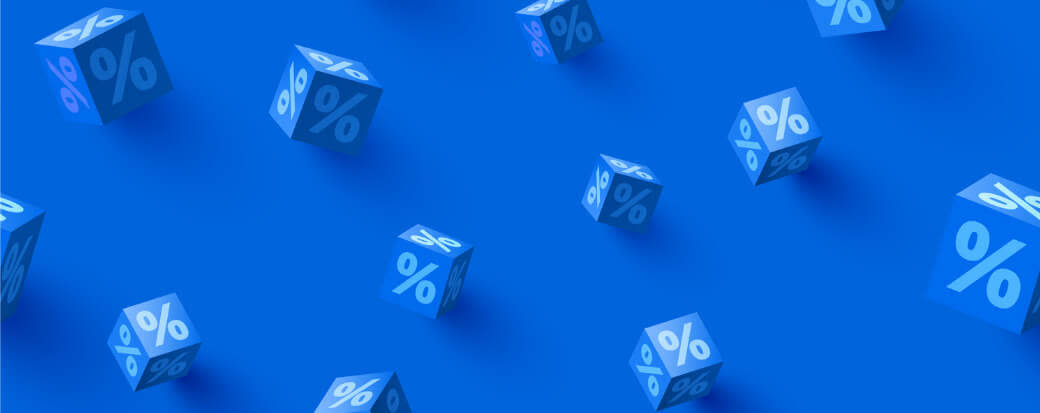Differences and Similarities Between Prime Rate and Discount Rate

Share this article:
Editor’s note: Lantern by SoFi seeks to provide content that is objective, independent and accurate. Writers are separate from our business operation and do not receive direct compensation from advertisers or partners. Read more about our Editorial Guidelines and How We Make Money.
What Is the Prime Rate?
What the Prime Rate Does
Credit cards Personal loans Auto loans Student loans Mortgages Small business loans Home equity lines of credit
How the Prime Rate Is Calculated
Is the WSJ Prime Rate the same as Prime Rate?
What Is the Federal Discount Rate?
What the Federal Discount Rate Does
How the Federal Discount Rate Is Calculated
Tier 1 is for banks considered to be exceptionally financially strong. Think of tier 1 as the Fed’s version of prime rate.
Tier 2 is for banks less strong than tier 1, but who are still considered to be in good financial health. Tier 2 borrowers usually pay 50 basis points more than tier 1 borrowers.
Tier 3 is for smaller banks and lenders that have ebbs and flows to their business. Because they are riskier than other banks, they pay the most to borrow from the Federal Reserve.
Comparing Prime Rate vs Discount Rate
Similarities
Both the prime rate and the federal discount rate represent the cost of borrowing If the discount rate goes up, the prime rate usually goes up too; if the discount rate goes down, the prime rate usually soon follows suit Both are influenced by economic conditions Both can either encourage or discourage borrowers from taking out a loan
Differences
The prime rate is affected by the federal funds rate, which is the rate the Fed suggests banks charge one another for loans The discount rate is used as a tool to combat inflation or stimulate the economy The prime rate is the rate that large corporations may receive if their credit history and income are strong enough The discount rate is the rate that the Fed charges banks for a loan as a lender of last resort
The Takeaway
3 Small Business Loan Tips
Generally, it can be easier for entrepreneurs starting out to qualify for a loan from an online lender than from a traditional lender. Lantern by SoFi’s single application makes it easy to find and compare small business loan offers from multiple lenders. Traditionally, lenders like to see a business that’s at least two years old when considering a small business loan. SBA loans are guaranteed by the U.S. Small Business Administration and typically offer favorable terms. They can also have more complicated applications and requirements than non-SBA business loans.
Frequently Asked Questions
Photo credit: iStock/arthobbit
SOLC0222017
About the Author
Lauren Ward is a personal finance expert with nearly a decade of experience writing online content. Her work has appeared on websites such as MSN, Time, and Bankrate. Lauren writes on a variety of personal finance topics for SoFi, including credit and banking.
Share this article: